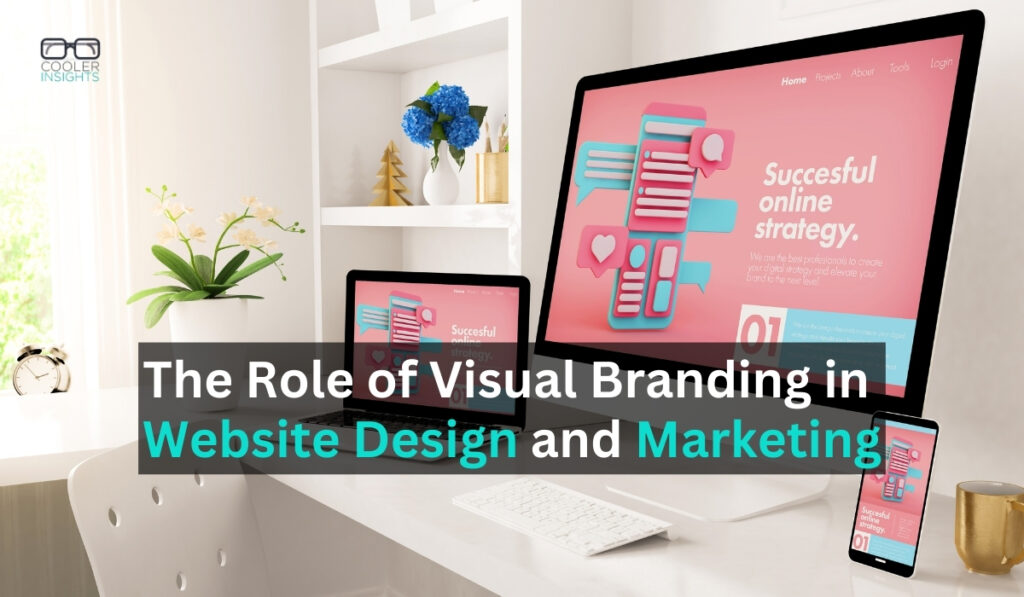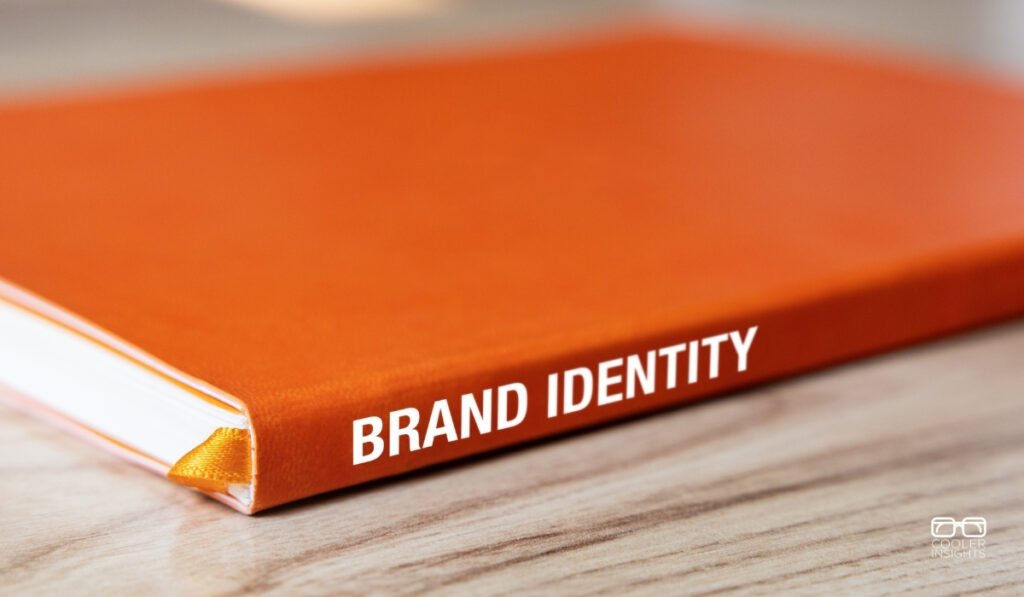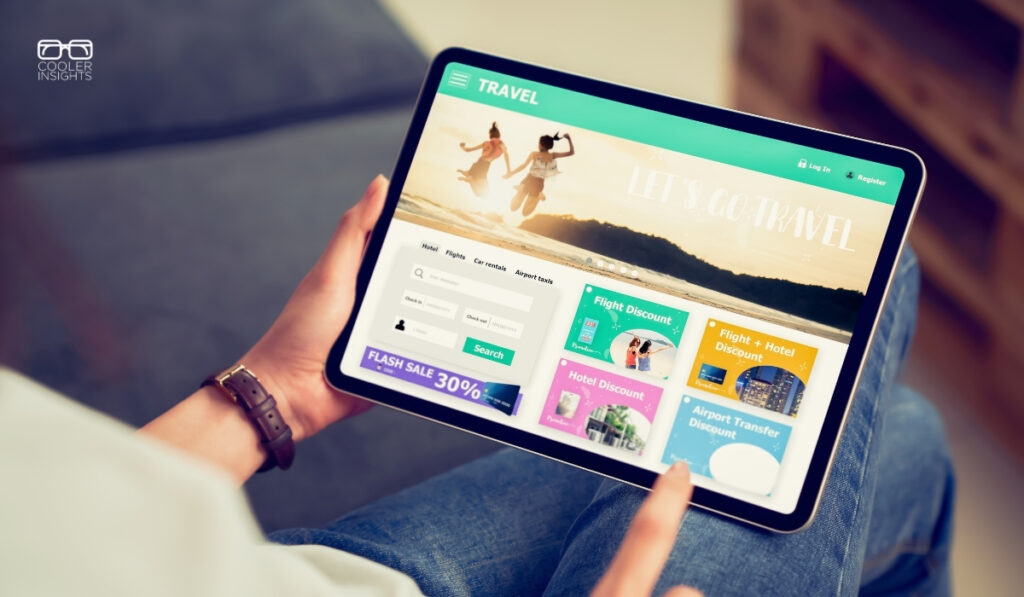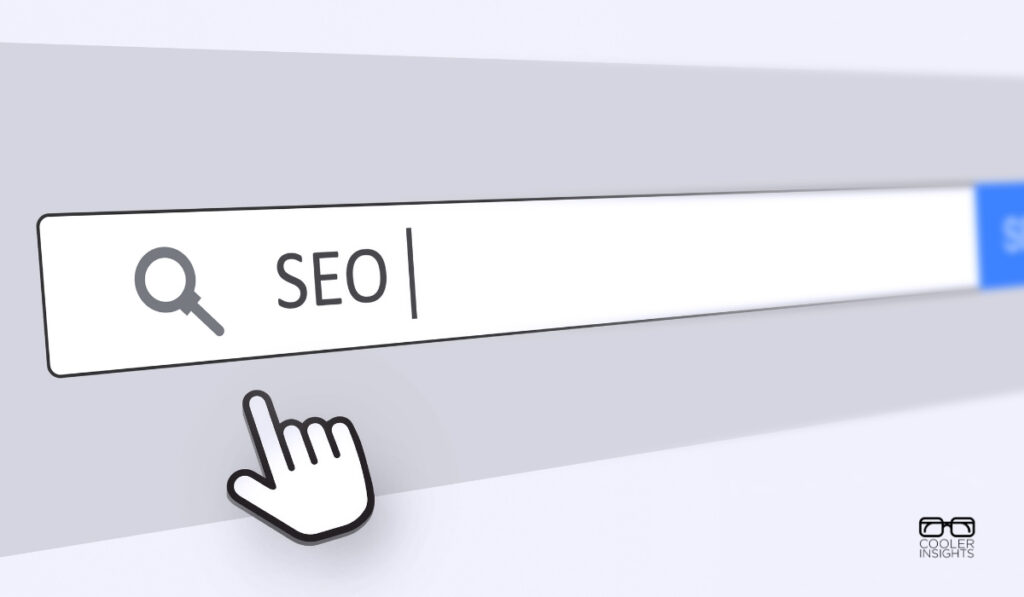
Visual branding is one of the most important components of digital marketing. It determines how consumers perceive a business on the internet and is key to a good user experience.
But what exactly is visual branding? All the visual aspects of what identify a firm: the logo, color schemes, typefaces, and imagery. It is these very elements that actually convey a business’s brand personality, values, and promises to its audience.
Why is this so important? A good, consistent, and pleasant visual branding can help in recognition, building trust, and making that emotional connection with the consumer.
How do we make the most of this by enhancing these very features? Placing the visual branding at the right places on all digital platforms can help a business provide a smooth experience to their customers and keep the brand at the top of a customer’s mind.
Read on to learn how proper visual branding will convert random browsers into loyal clients.
Defining Visual Branding
Branding involves giving a product or a company a distinct identity or image in the consumer’s mind, using thematic consistence throughout all its marketing communications. Effective branding can help to promote a product or company, and allow it to stand out in the marketplace.

Human-centered marketing and advertising branding is perhaps the most valued tool in business for a number of reasons.
First, it builds recognition and trust within the consumer. This will lead to a relationship not just of buying and selling, but of relationship building and loyalty. These will be the reasons for the customer to keep coming back, even amidst keen competition.
Secondly, branding supports advertising; it provides the vital visual elements to anchor a marketing campaign as you seek to convey your company’s message.
Visual branding is even more vital in website design and marketing. Quite often, a website acts as a first interface of a firm with the potential clients. Proper visual branding on a website can quickly relay the values, professionalism, and credibility of a company, which the user will perceive.
In the increasingly visual-driven world of digital marketing, a well built visual brand will help to increase your content visibility and improve conversions. This helps your business effectively to meet its marketing objectives.
In short, branding provides the following benefits:
- Recognition is enhanced with better visual branding
- Heightened trustworthiness with a professional and consistent brand identity
- Make customers become more loyal to your brand
- More valued by the customers as they perceive your products or services to be more premium
- Competitive edge over other similar products or services in the market
The Impact of Visual First Impressions
First impressions are mostly visual and formed in milliseconds of viewing a site. That very moment can set the tone for how a visitor is going to feel and act on your site. Aesthetics such as color, layout, and imagery of the website can easily influence user interactions and brand perceptions.

Immediate Engagement
First impressions are all about immediately capturing the interest of a visitor when they land on a webpage. An aesthetic design will keep visitors around.
On the flip side, a badly designed website would mean high bounce rates as users are shallow in making decisions based on appearances. This immediate engagement is crucial for converting visitors into customers.
Brand Perception
The aesthetics of the website directly affect the perception that a brand gives to the audience. Strong, cohesive visual branding translates the brand as a professional and trustworthy entity.
This is especially important when markets are competitive, with a lot of trust and professionalism required to get customer loyalty. Besides, maintaining visual brand consistency helps to identify and make your brand more memorable to the users.
User Experience Improvement
Visual design elements need to be more than just good-looking; they should be usable. Usability together with intuitive design and accessible navigation will sum up to a happy user experience, the base of user retention.
Users, in general, will be more content with the whole experience if a site is easy to use and, at the same time, visually appealing. The site visits will be longer and there will be more and more interaction with the content. This heightened experience is what can provide a higher conversion rate and keep customers coming back.
Visual Branding and User Experience (UX)
Visual branding is critical to shaping a website’s user experience as it plays not just an aesthetic but a functional role. The right visual branding elements on your website helps to lead a user on the next steps needed, while making it easy for them to interact with the website. A website should provide a seamless user experience by integrating visually appealing branding elements that enhance content without hindering navigation.

Here are four reasons to emphasise visual branding in UX:
- Creates a cohesive look and feel: This consistency helps the users feel more at ease and thereby diminishes confusion while navigating the site.
- Increases brand recognition: Consistent use of visual aspects such as logos, colors, and fonts helps customers to easily identify the brand, therefore building and reinforcing brand identity.
- Increases user engagement: Attractive designs can pull a user’s attention to explore more about the site and stay longer.
- Supports content hierarchy: If visual cues are well executed, users can be directed towards the right information, hence making sure they get the best experience out of the website.
Visual branding is crucial in the design process. Webflow agencies prioritize branding and user experience, creating visually compelling and highly functional websites. Their designs excel at seamless user interactions across all touchpoints. By leveraging Webflow, these agencies enable businesses to establish a powerful online presence that resonates with their target audiences.
Search Engine Optimisation (SEO) and Visual Branding
Although website strategy often separates visual branding and SEO into distinct areas, they are highly interconnected. Strong visual branding can significantly boost SEO performance by enhancing user engagement and retention – two critical factors that influence search engine rankings.

By creating an appealing and user-friendly experience, effective branding directly contributes to the goals of SEO. Merging visual branding and SEO strategies allows businesses to present a much more seamless and effective online presence.
Image Optimization
Images are a vital component of visual branding and present a valuable opportunity for search optimization. By incorporating relevant keywords into image alt text, businesses can boost their search rankings. Additionally, optimized images load faster, contributing to an enhanced user experience – a crucial factor that positively impacts SEO performance.
Brand Consistency and Visibility
Maintaining consistent visual branding across a website enhances content visibility and readability. This user-friendly presentation allows search engines to more effectively index and comprehend the site’s content. When visuals like images and graphics complement written content while properly incorporating relevant keywords, it helps reinforce those keywords for search engines.
User engagement and behavioral signals
Strong visual branding significantly influences user behavior on a website. Engaging and aesthetically appealing visuals tend to reduce bounce rates and increase time spent on site – two critical behavioral signals that directly impact SEO performance.
When users remain more engaged with a website, their interactions and dwell time naturally increase. These positive engagement metrics serve as powerful signals to search engines that the site provides value to users, prompting improved rankings as a result.
Brand Storytelling Through Design
Brand storytelling through design is an essential strategy in website design and marketing, allowing businesses to narrate their identity and values visually. Through effective design, a brand can communicate its story in a way that resonates emotionally with its audience, forging stronger connections.
- Consistent Theme: Utilizing a uniform theme throughout the design ensures that the story is cohesive and impactful.
- Visual Metaphors: Employing visual metaphors can subtly convey complex aspects of the brand’s story.
- Color Psychology: Strategic use of color can evoke specific emotions, aligning with the message the brand wishes to communicate.
- Imagery and Icons: Carefully selected images and icons can narrate significant aspects of the brand’s journey and ethos.

Through these elements, design transcends mere aesthetics and becomes a powerful narrative tool. Effective brand storytelling not only enhances user engagement but also strengthens brand recall, ensuring that the brand’s message lingers in the minds of the audience long after they have left the site.
Analytics and Visual Branding
Analytics plays a critical role in the realm of visual branding within website design and marketing. By collecting and analyzing data on how users interact with a site’s visual elements, businesses can gain invaluable insights into what captures attention, engages visitors, and drives conversions.
This feedback allows marketers and designers to fine-tune their visual strategies, ensuring that every color, image, and layout element is optimized for maximum impact.
Through the intelligent use of analytics, companies can ensure that their visual branding not resonates with their target audience and effectively contributes to the overall marketing objectives. This leads to improved user experience and increased business performance.
Conclusion
In conclusion, visual branding is an indispensable component of website design and marketing. It not only defines the aesthetic identity of a brand but also significantly influences user behavior and engagement.
By strategically integrating visual branding elements, businesses can enhance brand recognition, boost user experience, and achieve marketing goals more effectively. Ultimately, successful visual branding turns casual browsers into loyal customers, magnifying the brand’s impact in the digital realm.

Content writer and marketing specialist at Heroic Rankings, Angela Haynes thrives in digital marketing, web development, and tech. She seeks platforms to enrich with her insight on SEO, content strategy, and market trends. Her pen is poised for the next challenge.

Surely, in this era of digitization and technology, everything has turned to visual (images, graphical content, video content, and more). People rely more on visual branding and graphical marketing than tradition form of marketing.
Strong visuals are key! They help websites grab attention, build trust, and leave a lasting impression. A cohesive visual identity across your website and marketing materials makes your brand instantly recognizable and resonates with your target audience. Love to hear more about using visuals to stand out!
Insightful article! Visual branding plays a crucial role in website design and marketing by creating a memorable and cohesive brand experience. Your tips on leveraging visuals effectively are spot on. Thanks for highlighting this important aspect of branding!
It is undebatable that Visual Branding is not just good to have, it is a must. Visuals are remembered for a long duration in the human mind.